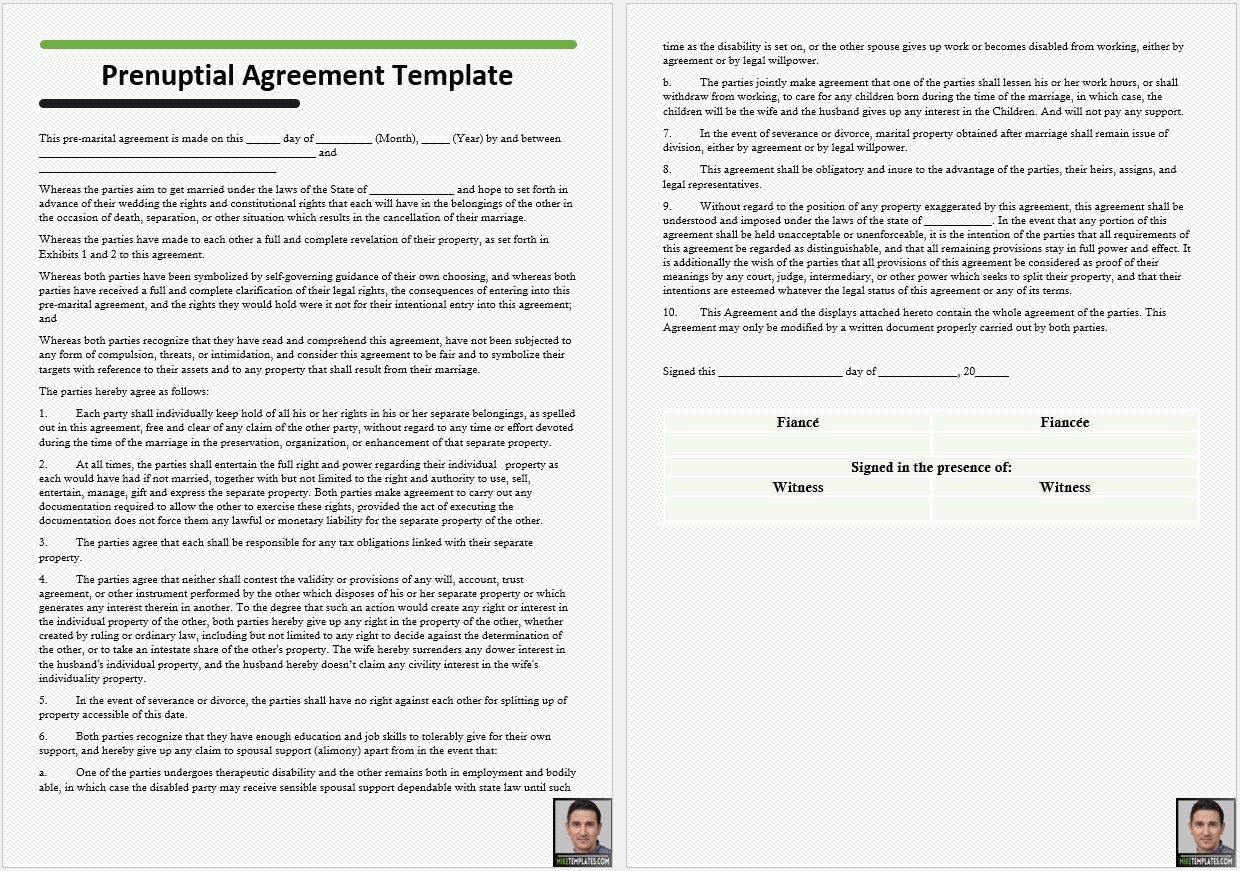
Marriage is a beautiful union between two people who love each other, but it’s also a legal contract that comes with responsibilities and obligations. A marriage agreement, also known as a prenuptial agreement or prenup, is a document that outlines how assets, debts, and other important matters will be handled in the event of a divorce. While some may view a prenup as unromantic, it can be a practical and smart decision for couples to protect their interests and assets.
In this comprehensive guide, we will explore everything you need to know about marriage agreements – what they are, why they are important, how to create one, examples of clauses, and tips for a successful agreement.
What is a Marriage Agreement?
A marriage agreement is a legal document that is signed by both parties before they get married. It outlines the rights and responsibilities of each spouse when it comes to assets, debts, income, and other financial matters. The agreement can cover a wide range of topics, including property division, spousal support, inheritance rights, and more.
By having a clear and detailed prenup in place, couples can avoid potential conflicts and disputes in the future if the marriage ends in divorce.
Why Marriage Agreements are Important
There are several reasons why marriage agreements are important for couples. First and foremost, a prenup can provide financial protection and security for both parties. It allows couples to clearly define how assets and debts will be divided in the event of a divorce, rather than leaving it up to the laws of the state.
Additionally, a prenup can help to protect any assets that were acquired before the marriage, such as businesses, properties, or investments. It can also address issues such as spousal support and inheritance rights, ensuring that both parties are protected.
How to Create a Marriage Agreement
Creating a marriage agreement can be a complex process, but with the right guidance and support, it can be done effectively. Here are some steps to help you create a prenup:
1. Discuss the terms: Sit down with your partner and have an open and honest conversation about what you want to include in the agreement.
2. Seek legal advice: It’s important to consult with a qualified attorney who specializes in family law to ensure that your prenup is legally binding.
3. Gather financial information: Both parties will need to disclose all of their assets, debts, and income to create a fair and equitable agreement.
4. Draft the agreement: Work with your attorney to draft a detailed and comprehensive agreement that addresses all of the important issues.
5. Review and sign: Once the agreement has been drafted, both parties should carefully review it and sign it in the presence of a notary.
Examples of Marriage Agreement Clauses
A marriage agreement can include a variety of clauses that address different aspects of the marriage and potential divorce. Here are some common examples of clauses that may be included in a prenup:
1. Property division: This clause outlines how assets and debts will be divided in the event of a divorce.
2. Spousal support: This clause addresses whether one spouse will pay support to the other in the event of a divorce.
3. Inheritance rights: This clause can specify how inheritance rights will be handled in the marriage.
4. Business ownership: This clause can address how businesses that were owned before the marriage will be handled in the event of a divorce.
5. Financial disclosure: This clause requires both parties to disclose all of their financial information to each other.
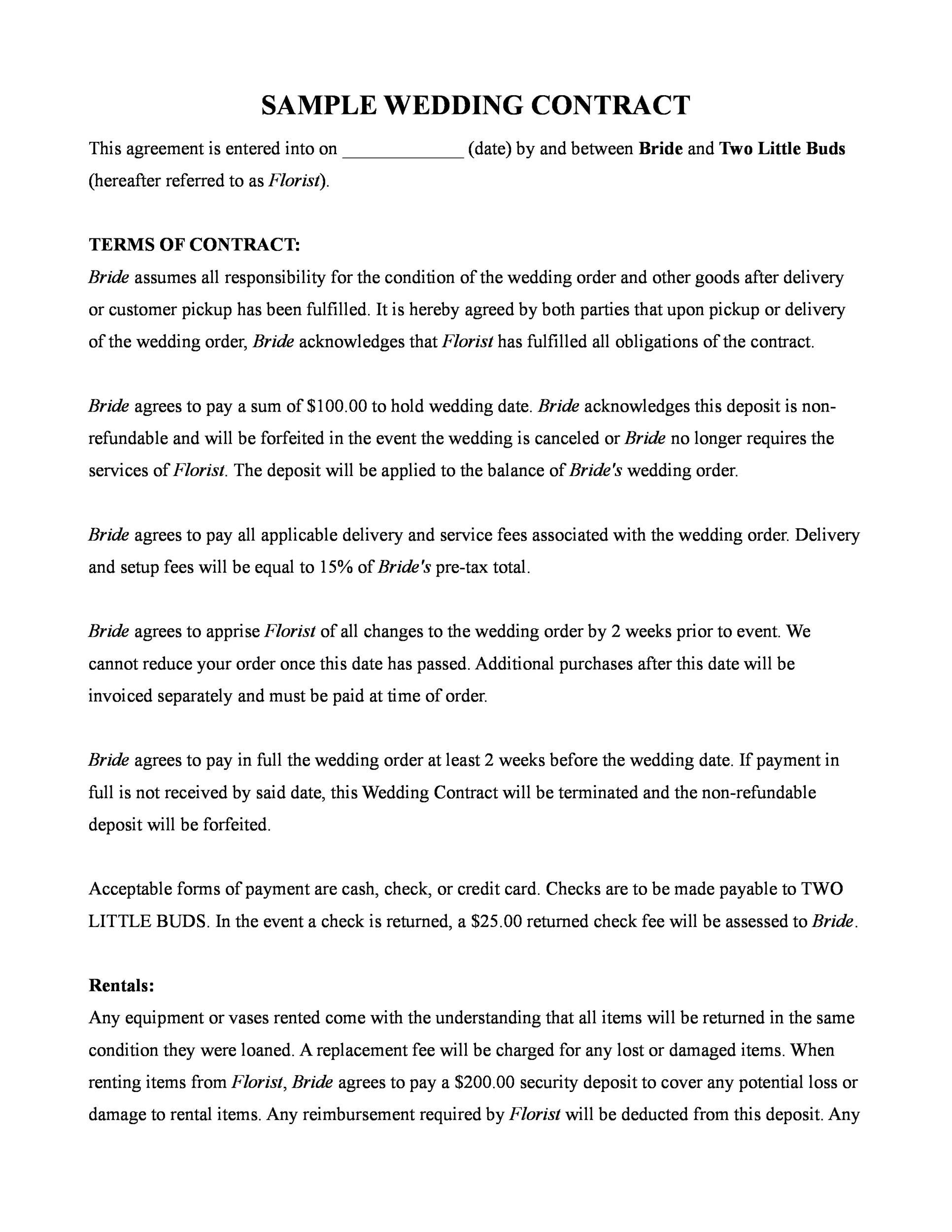
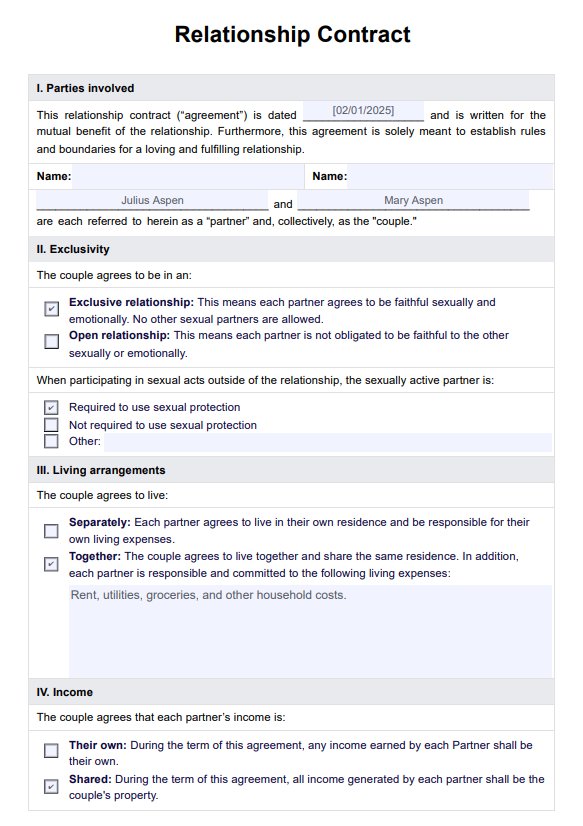
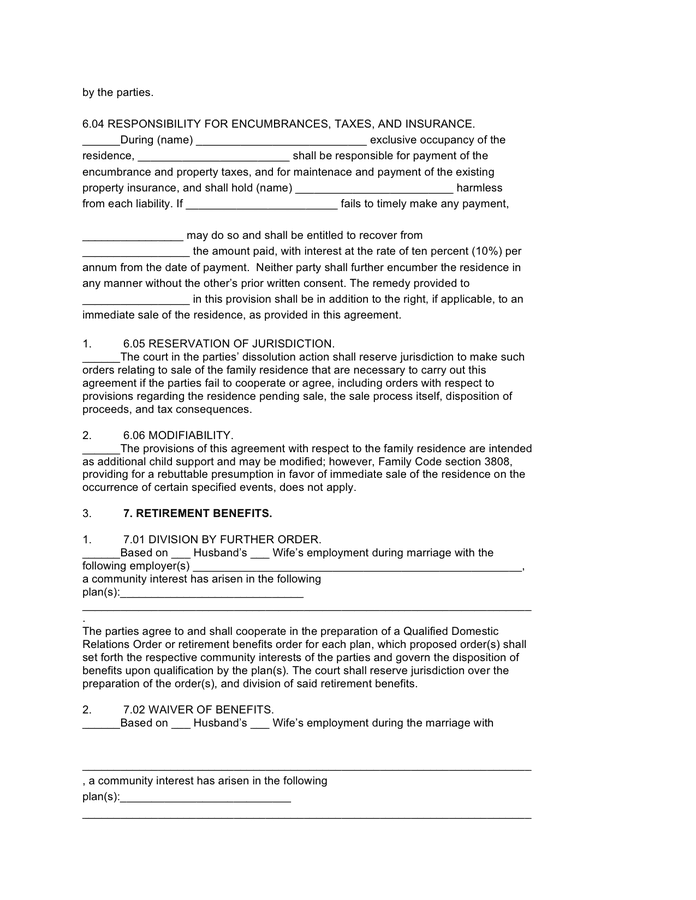
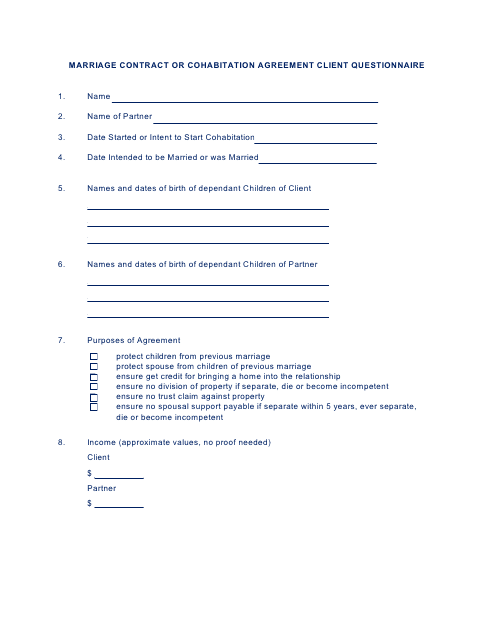
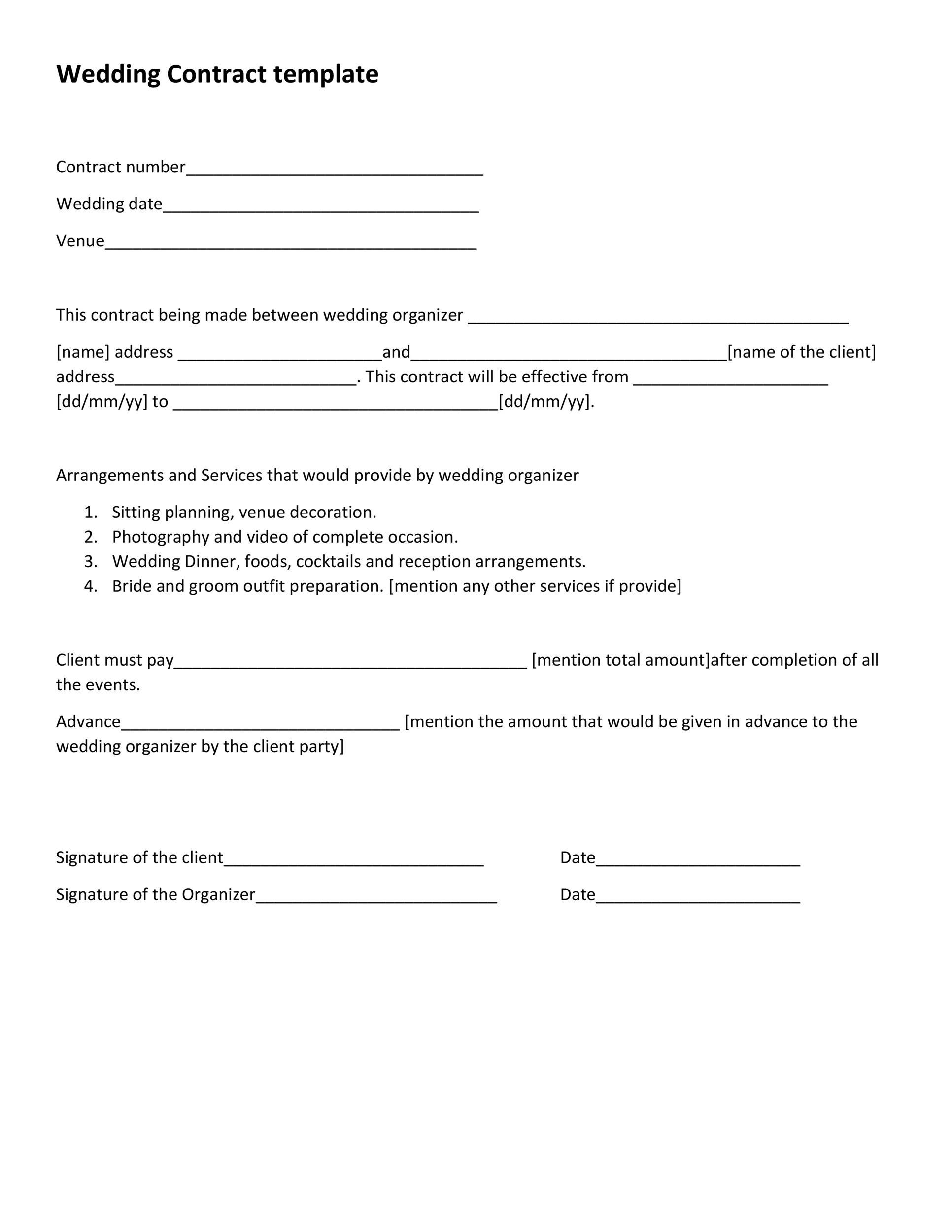
Tips for Successful Marriage Agreements
Creating a successful marriage agreement requires careful consideration and attention to detail. Here are some tips to help you create a prenup that meets your needs:
1. Start early: It’s important to start the process of creating a prenup well before the wedding date to allow enough time for discussion and negotiation.
2. Be transparent: Both parties should be honest and transparent about their financial situation to ensure that the agreement is fair.
3. Get professional help: Consulting with a qualified attorney who specializes in family law is essential to creating a legally binding prenup.
4. Update as needed: It’s important to review and update your prenup periodically to ensure that it still reflects your current situation and needs.
5. Keep communication open: Maintaining open and honest communication with your partner throughout the process is key to creating a successful prenup.
6. Consider the future: Think about how your financial situation may change in the future and include provisions in the agreement to address those changes.
In conclusion, a marriage agreement can be a valuable tool for couples to protect their interests and assets in the event of a divorce. By following the steps outlined in this guide and considering the tips provided, you can create a prenup that meets your needs and provides peace of mind for both parties. Remember, a prenup is not a sign of distrust or lack of commitment, but rather a practical and smart decision to safeguard your future.
Marriage Agreement Template – Download